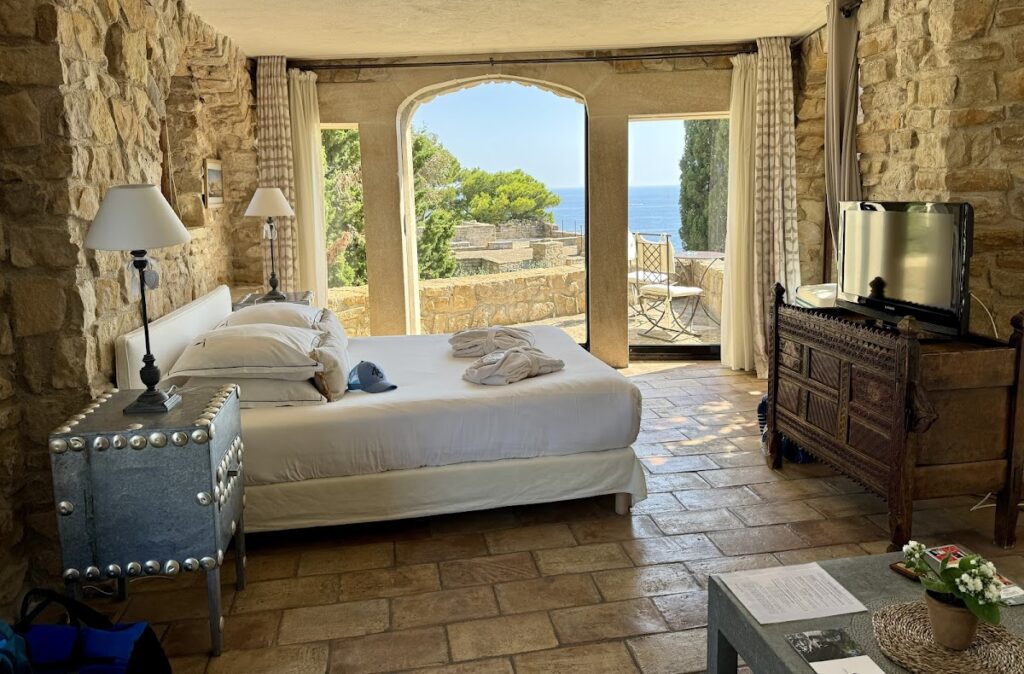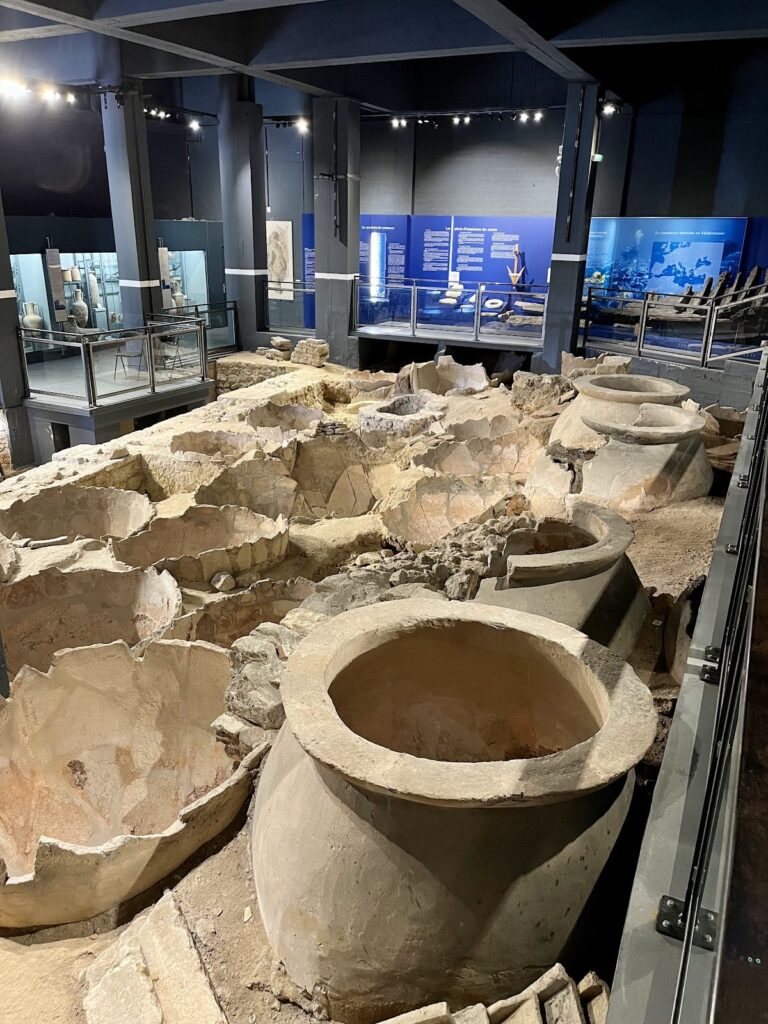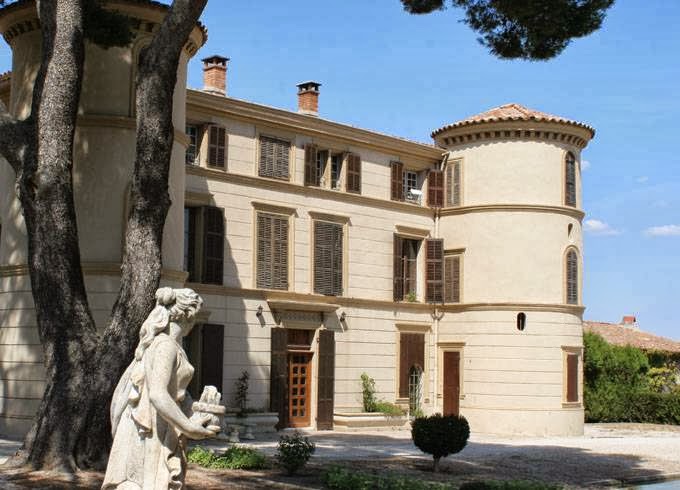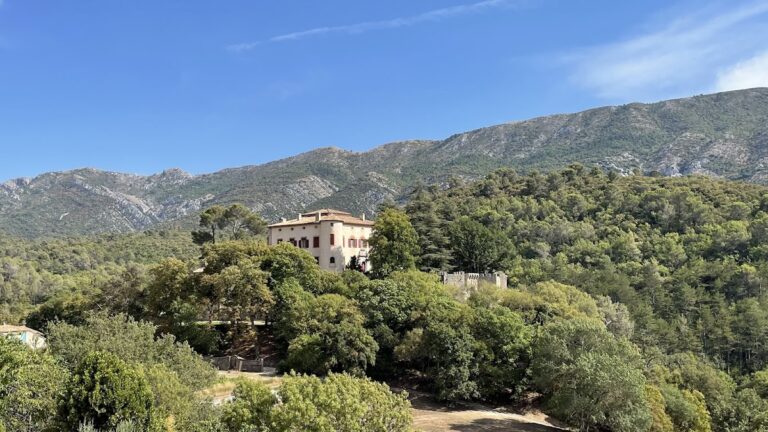Château de Cassis: A Historic Fortress Overlooking the Mediterranean in France
Visitor Information
Google Rating: 4.4
Popularity: Low
Google Maps: View on Google Maps
Official Website: www.chateaudecassis.com
Country: France
Civilization: Unclassified
Remains: Military
History
The Château de Cassis is located in the town of Cassis in modern-day France. It originated as a fortress constructed by the Carolingians in the 8th century to protect the area from external threats. The site itself sits on a cliff overlooking the Mediterranean and the port, a location with deep roots in maritime trade dating back to the ancient Etruscan, Celto-Ligurian, Greek, and Gallo-Roman civilizations. The settlement of Cassis was first recorded under the Roman Empire in the 1st century BCE, known then as “Carsicis Portus.”
During the 5th century, a watchtower made of wood or stone stood to survey the city and port. As the Western Roman Empire declined and barbarian incursions increased in the 7th century, inhabitants moved to more defensible inland locations known as castrums. In response to the threat of Muslim conquests and raids by Saracen groups during the Carolingian period, the first fortified enclosure was built at Cassis in the 8th century. One of the towers from this early fortification still survives today and is commonly referred to as the “Saracen” tower.
In 1223, the influential Lords of Baux obtained control over Cassis and its castle. During the long conflict of the Hundred Years’ War spanning 1337 to 1453, they enhanced the maritime defenses by constructing the present castle enclosure. This included high walls and four square towers, each about 8.5 meters tall, enclosing a cluster of residences within the fortress. Between 1372 and 1380, community infrastructure was added, such as a well, a bread oven, and a church dedicated to Saint Michael the Archangel. Above the castle’s main entryway, the coat of arms of the Lords of Baux, marked by a distinctive 16-ray star, remains visible.
By 1426, Cassis became part of the County of Provence under the reign of Louis III of Anjou. In 1473, King René of Anjou transferred the seigneury to the bishops of Marseille, who governed the area until the upheavals of the French Revolution in 1789. The heraldic symbol of a bishop’s crosier was incorporated into the town’s coat of arms as a sign of this ecclesiastical authority.
Military events continued to shape the castle’s history; in 1524, Emperor Charles V from the Holy Roman Empire inflicted severe damage on the fortress and the town. Later, near the late 1600s, the Count of Grignan, then deputy governor of Provence, strengthened the defenses and equipped the castle with artillery cannons to better protect the harbor. During the 18th century, the settlement of Cassis expanded beyond these medieval walls, growing along the waterfront. Notably, on February 10, 1794, the young General Napoleon Bonaparte inspected the castle’s military batteries. These fortifications were ultimately destroyed nearly two decades later in 1813 by a Royal Navy commando raid.
In more recent history, the castle passed into private hands after being sold by the state in 1896 to a tobacconist from nearby Saint-Cyr-sur-Mer. Subsequently, it came under the ownership of the Michelin family, who held it for 35 years. The current proprietor has undertaken comprehensive restoration of the ruined fortress, transforming it into a distinguished residence that retains commanding views of the port, bay, and surrounding vineyards.
Remains
The Château de Cassis occupies a commanding position atop a cliff approximately 50 meters above the old town and harbor. The visible fortifications predominantly date back to the 14th century and define a walled enclosure that encloses several dozen homes within its perimeter. This enclosure is fortified by four square towers, each standing roughly 8.5 meters tall, which helped defend the settlement from seaborne and landward threats.
Inside the castle courtyard, notable structures from the late 14th century remain, including a centrally placed well and a bread oven, both built between 1372 and 1380 to serve the community during times of siege or hardship. Nearby stands the small church dedicated to Saint Michael the Archangel, constructed in the same period for spiritual needs within the protected enclave.
One tower, distinct from the later medieval constructions, survives from the earliest Carolingian fortifications of the 8th century. This “Saracen” tower represents the initial phase of the castle’s defensive architecture, created in direct response to Saracen raids during that era. Its survival offers a tangible link to the fortress’s origin over a millennium ago.
The main entrance of the castle preserves the heraldic emblem of the Lords of Baux, distinguished by a 16-ray star carved and displayed prominently above the gateway. This decoration serves as a lasting reminder of the noble family’s tenure and investment in strengthening the site during the medieval period.
Later military upgrades to the castle’s defenses included the introduction of artillery in the late 17th century under the Count of Grignan. Cannons were installed to adapt the fortress to the evolving nature of warfare, marking a significant shift from medieval walls to gunpowder-based defense. While the original artillery no longer survives, its historical installation is well documented.
In its current state, the castle has undergone extensive renovation to recover from centuries of decline and damage. These restorative efforts have preserved the historical fabric of the fortress, ensuring the stone walls, towers, and courtyard installations remain prominent features, framed by panoramic views of the Mediterranean Sea, the bustling port, and the adjacent vineyards that have shaped the region’s identity for centuries.










